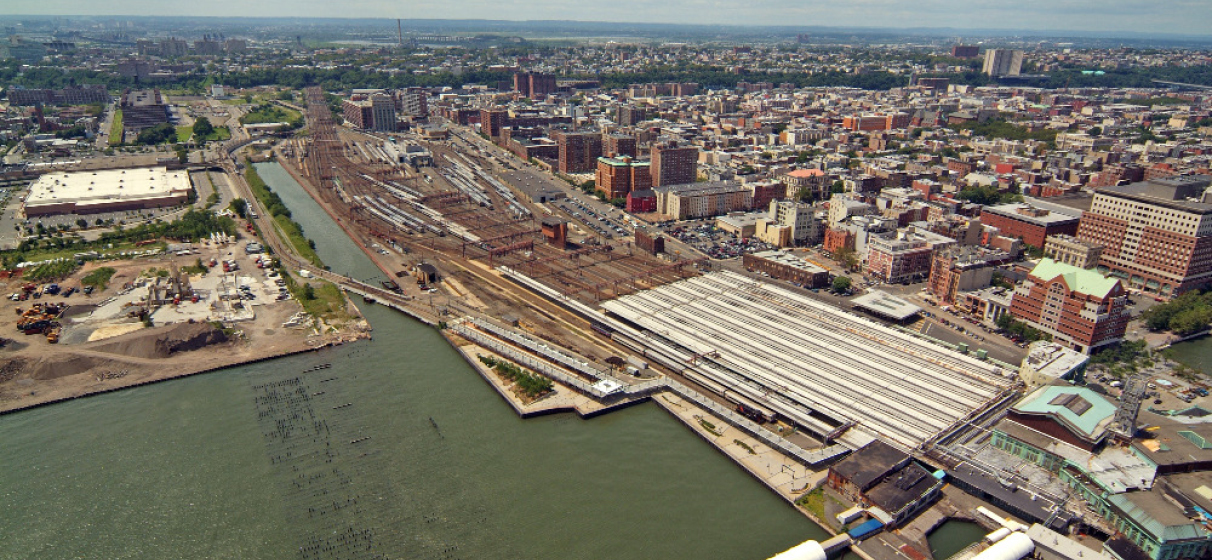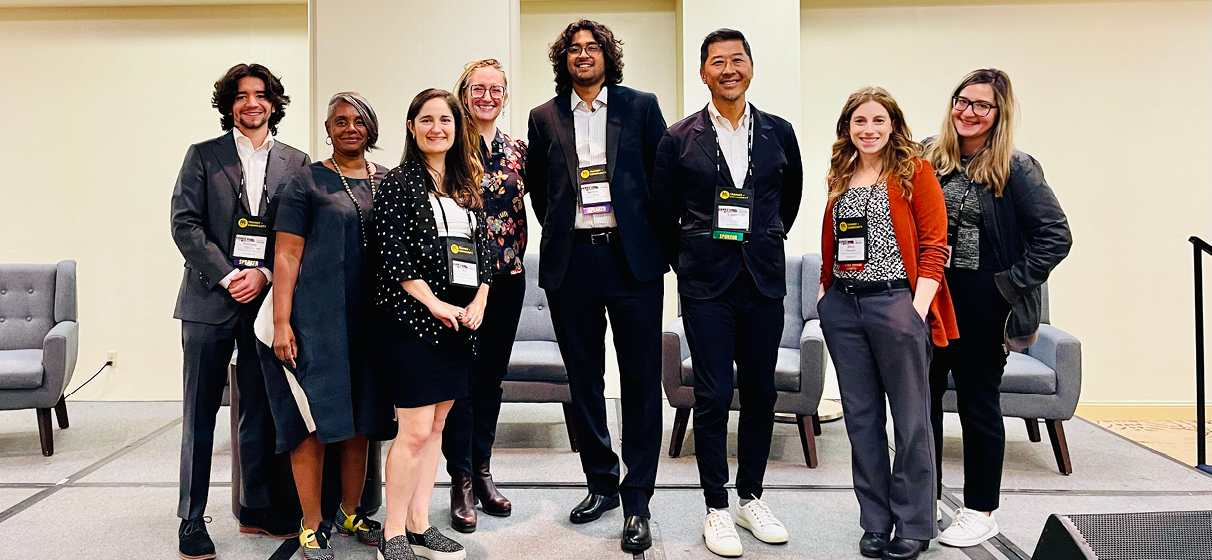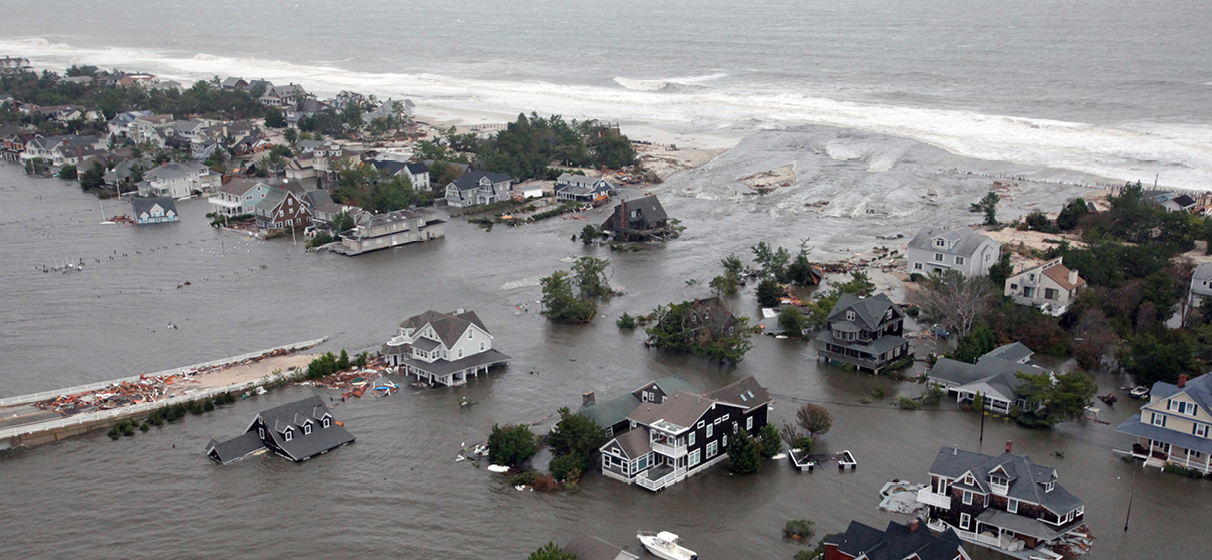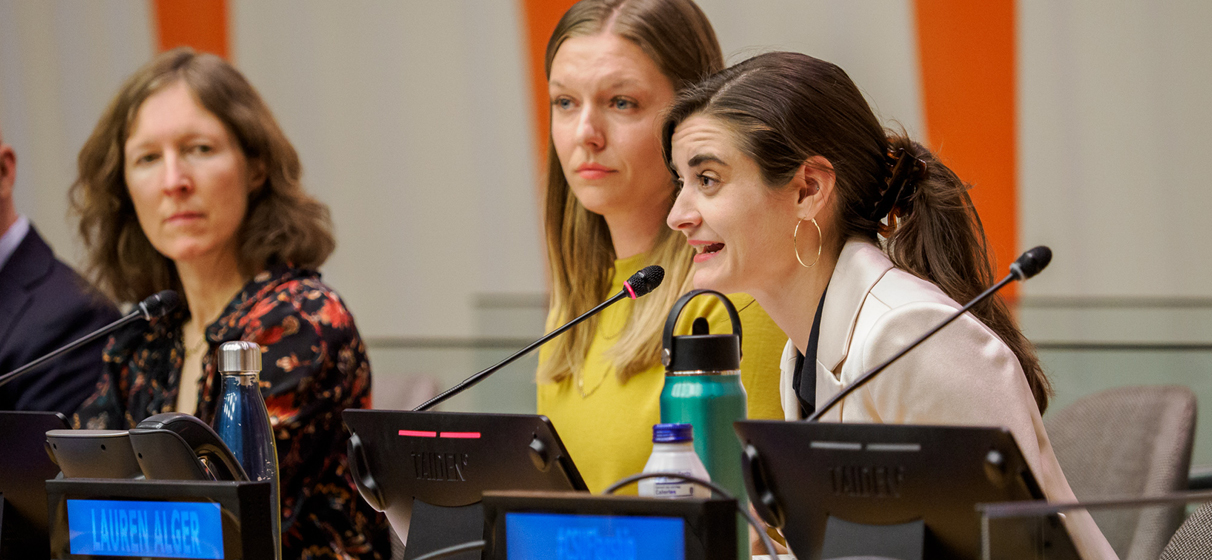As public agencies develop a clearer understanding of their risk landscape as it relates to flooding and other climate disasters, the focus is shifting towards advocating for an approach that “institutionalizes” resilience. That means an operational model that promotes resilience planning and design as “business as usual” by incorporating resilience-focused strategies during a project’s conception and design improvements into State of Good Repair or other projects.
We are already seeing many major transportation agencies across the United States take this approach. During a recent panel discussion with NJ TRANSIT’s Resilience Capital Planning Manager, Emily Korman at the 2025 NJ TransAction conference, we highlighted how clients and stakeholders are incorporating resilience upgrades into larger capital improvement programs that couple urgent needs with long-term risk mitigation measures.
When working with our clients, STV’s goal is to make our communities more resilient by integrating improvements into all projects. Some projects are “resilience projects” – they require a deep understanding of systems thinking and include targeted investments to mitigate risk and enhance the resilience of an overall system. Last year, the U.S. Chamber of Commerce, in concert with Allstate and the U.S. Chamber of Commerce Foundation conducted a study where they modeled 25 disaster scenarios ranging in damage and cleanup costs from $1 billion to $130 billion and found that every $1 spent on resilience and preparedness saves communities about $13 in damages, cleanup costs and economic impact. This study further justifies “resilience projects.” But all projects should incorporate future conditions in design – meaning we should all be designing for the next (future) disaster.
To accomplish this and meet our client’s goals, our planners and designers advocate for “rolling-in” resilience into other work through policies, design criteria, standard operating procedures, education, and more. This approach inherently understands that public agencies often must adapt to several competing priorities when planning resilience upgrades – such as maintaining a state of good repair, navigating federal funding uncertainties, aligning with asset management frameworks and coordinating with emergency management.
For Korman and NJ TRANSIT, the agency has adapted from a resilience status quo that was primarily focused on recovery efforts from 2012’s Superstorm Sandy. Now that the agency is in “post-disaster mode,” it is institutionalizing resilience by training its workforce and building internal capacity to adapt to and recover from climate impacts with its system, while also developing design criteria that can be incorporated into capital programs going forward. The team is also proactive about rolling up resilience improvements into state-of-good-repair projects. Like other agencies, NJ TRANSIT is performing vulnerability assessments, but then taking it a step further in areas that have been identified as high risk by performing “surgical assessments” to better understand how a system fails.
By modeling this kind of proactive approach as the norm, NJ TRANSIT and others are taking the lead in the industry by being able to frame resilience investments in ways that reflect both urgency and long-term value to the communities they serve. In doing that, they are becoming better equipped to champion the right project at the right moment.








